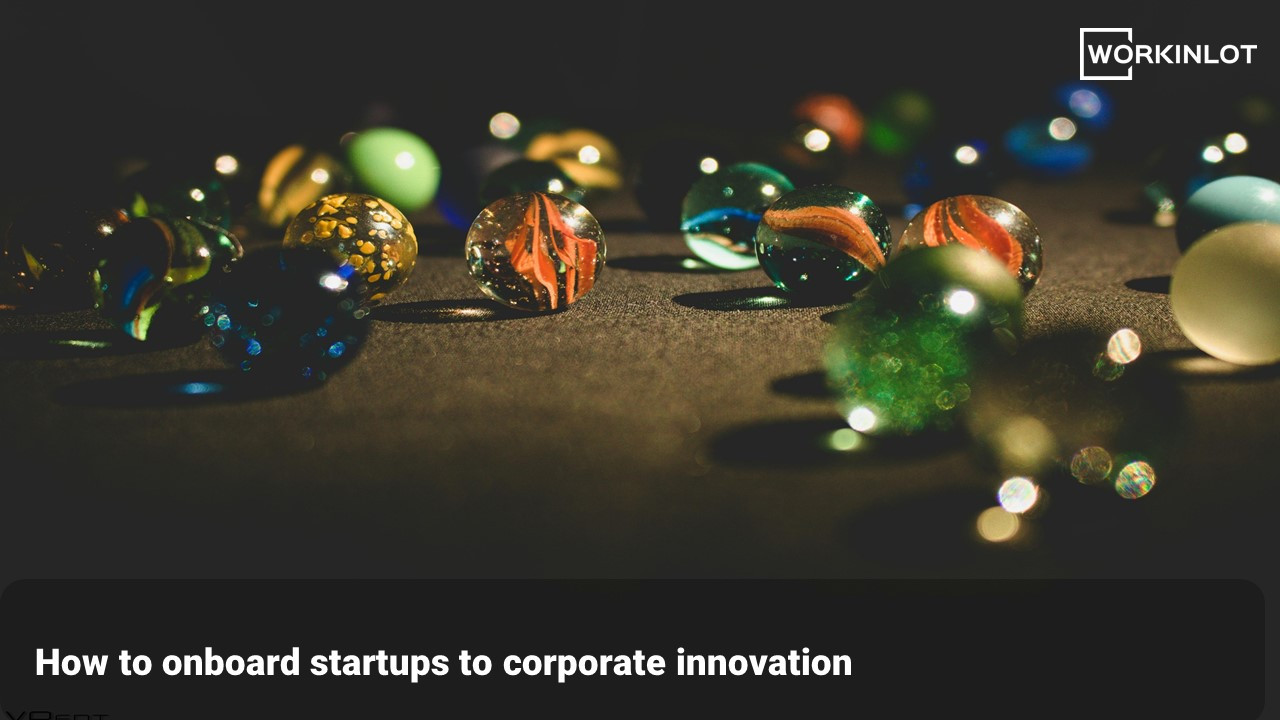
Cover photo by Vlad Alexandru Popa
We thought long and hard about the title of this article. We want to write about something very laser-focused and specific: “How do you raise awareness of and build demand for startup innovations within the organization?” However, how you do that is very minor compared to what you achieve afterwards.
- You can increase the conversion of startups you engage with vs those you meet
- You can increase the innovative and creative output of your corporate innovation or corporate venturing efforts
- You can improve talent retention and engagement
- You can figure out and design exactly how you want to engage with startups using real insights and data
We hope you see the dilemma. Every bullet above is a discussion on its own, and most probably more important than the objective of this article. If we had used any of the above for the title, it would have been proper clickbait, and as far as we know, innovation executives don’t have time or the taste for it.
So here we go, in typical Workinlot straight-up fashion, a step-by-step guide to onboarding startups.
Who is this article for?
First of all, let’s establish who this article is for. If you are an innovation executive, CXO or someone tasked with growth, new business development, digital transformation, etc., and you match any of the below criteria, read on.
- You want to fish out original and actionable innovation and improvement ideas from your organization
- You are trying to extract time and commitment from your organization to manage innovation projects
- You need to create awareness about the new competition and threats of your industry in your organization
Despite the many positive side effects on what we are about to suggest, let’s focus on the above which there is direct impact for now.

Image by Johnnie Shannon
Also, we will talk in the context of startup engagements, because we believe startup engagements are the most powerful and sophisticated assets in a corporation’s innovation arsenal and also we assume to have established our point here and here. However, the principles apply to all innovation assets.
Divergent and Convergent thinking
The suggestions root themselves in divergent and convergent thinking, design thinking, lean, product thinking, whatever you want to call it. Basically, the goal is to reach a conclusion when there is no one true answer and make sure the conclusion is educated enough to matter and move people. In our scenario, divergence in bringing in insight and convergence is a prioritized roadmap.

Image by Peter Morville
You can also think of this flow as analysis of what’s known and synthesis of what’s unknown. Analysis is possibly the easiest part; however, without powerful and outcome-oriented synthesis, the whole process may become the victim of analysis paralysis. This is where experience comes into play. Good facilitators of the process are fully objective during the analysis phase but actively steer the outcome in the synthesis phase.
Gathering insights
Start with the objective in mind. You want to create a roadmap with initiatives and scope items in priority order. So what you need to collect are the things that are important for your company, for your teams and for your industry.

Image by Wirestock
Strategy Analysis
All companies have strategic roadmaps prepared and rolled out. Most view innovation as an important pillar and have dedicated sections for innovation strategy. Reviewing such documents help understand where the company wants to spend its resources in the near and far future.
Painstorming
The most effective method we have found to date is the workshop format. We gather people in the same and adjacent business units and ask the following questions:
- How can your work be improved?
- What big project are you working on right now?
- What would you like to see a person who is in your position 2 years from now working on?
You receive the answers, ask why a few times, and ask about a story to clarify the insight. Now you have a list of scope areas that your organization is more likely to be passionate about.
Global Benchmarks
It is almost certain that some companies in your industry or value chain have multiple innovation assets in place for varying objectives. There are also successful and innovative startups associated with those companies. It pays to do quick research. The goal is not to benchmark and replicate whatever biases the benchmark cases contain, but to get inspiration and assess what would work and what wouldn’t work for you. Furthermore, the research outcome helps in driving creativity and commitment within the organization.
Drawing conclusions
Once all the insight is collected, it is time to start synthesizing. Remembe,r there will be a lot of data points which could be seemingly distant, yet still the task is to make sense out of everything and collect the dots. The exercise is more clustering and elimination than picking.

Image by Mark Arron
The what, where, and how
The first method of clustering/segmenting innovation needs, or opportunities as we like to call them, is to assign them to various innovation assets. The following rules of thumb are not 100% accurate but could serve as a guideline.
- If the opportunities are very close to the core business or are extremely unique to you, then utilize R&D or corporate venturing
- If the opportunities are very clearly defined and require relatively longer projects to implement, then consider strategic partnerships with other corporations
- If there is a high level of uncertainty on the aspired solutions or the solutions require competencies that you currently don’t possess, then consider startup engagements
- Else, consider startup engagements anyway
Incorporating the supply side into decision making
The proverbs are there for a reason. They are pieces of timeless advice. Here we try “not to start a wild goose chase”. If the startup supply for any given opportunity is not there yet in your local or approachable ecosystems, then there is no point prioritizing the opportunity. Here we have 2 filters, are there startups in the opportunity space, can we rephrase the opportunity space where there are startups? You can use desktop research, platform subscriptions, and network investigations. We also utilize our know-how and experience in the global startup ecosystem.
Prioritizing with collective intelligence
At this point, there is a high-level roadmap and prioritization matrix. It doesn’t have to be bullet-proof because at the end of the day when it comes to open innovation, starting matters most. Priorities will change, roadmaps will be updated, new opportunities will arise. What matters most is to decide where to start and while doing that, the opinion, availability and motivation of the organization, the teams that will make innovations happen, are key.
So we open the draft roadmap and priority matrix to discussions. Some scope areas will receive natural sponsorhips, some won’t. Those that do and others that are quick wins are the ones to start with.
The outcomes
From a deliverable point of view, you have a roadmap for startup engagement and a prioritized scope list. But in the background, you have many more valuable learnings and outcomes.

Image by rawpixel.com
- You involved all key internal stakeholders in the decision and created awareness and motivation
- You created a long list of opportunities to be utilized in other innovation assets
- You identified current and future champions of innovation and gave them reasons to stick around. You possess a step-by-step plan for building the innovation system going forward
And most importantly and directly related to the title of this article: You have moved from pushing exciting startups to an unwilling organization to pulling startups to a ready-to-act organization.